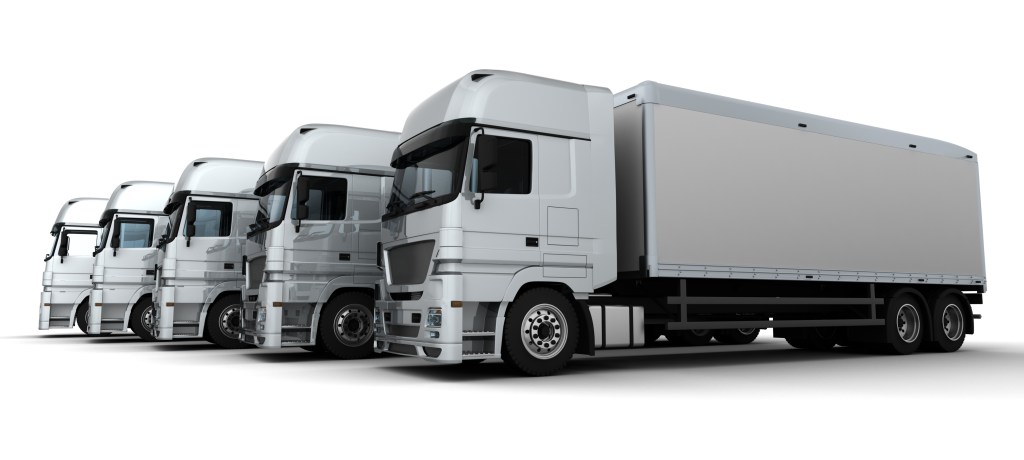By Swarup Bose
India, with its burgeoning population and rapidly expanding economy, stands at the crossroads of logistical challenges and opportunities. As India sets its sights on becoming a $5 trillion economy by 2030, the role of an efficient and streamlined logistics sector cannot be overstated. The success of this ambitious goal hinges upon optimising resources and transforming the transport infrastructure.
However, the current landscape is marred by several issues, including dry trucking losses and suboptimal utilisation of resources. India’s logistics costs have traditionally been higher compared to other developed and developing countries. According to estimates, logistics costs in India account for about 13-14% of its GDP, whereas in advanced economies, this figure hovers around 8-9%. A reduction in these costs is essential to make Indian industries more competitive in the global market. To address these concerns and pave the way for a robust logistics sector, a comprehensive approach involving technological innovation, strategic government policies, and collaborative work cultures is imperative.
Dry trucking, the practice of transporting partially filled or completely empty trucks, is a pervasive problem in the Indian logistics ecosystem. According to industry reports, approximately 35-40% of truck journeys in India are carried out without cargo, resulting in significant economic losses. This inefficiency not only impacts the profit margins of logistics providers but also leads to increased fuel consumption, emissions, and road congestion.
The monetary losses stemming from dry trucking are staggering. It is estimated that the direct cost of transporting empty trucks accounts for 15-20% of total logistics costs in India. In a country where logistics expenses make up about 13-14% of the GDP, minimising these avoidable losses becomes crucial for economic growth. Some of the ways in which these challenges can be handled, include:
Resource optimisation: The optimisation of resources, both physical and technological, forms the bedrock of all effort to curtail dry trucking losses. The integration of advanced technologies and the implementation of collaborative logistics models can significantly reduce the occurrence of dry trucking. Platforms that connect shippers with available truck capacity in real time can mitigate the problem by matching demand and supply efficiently. Such initiatives promote shared resources and minimise wastage.
Tech adoption: Advanced technologies like IoT, real-time tracking, and predictive analytics streamline operations, minimising delays, reducing costs, and improving the overall supply chain. This, in turn, positively impacts industries reliant on efficient logistics, such as manufacturing, retail, agriculture, and e-commerce. As the wheels of logistics turn faster and smoother, these sectors experience increased productivity and competitiveness, contributing significantly to the macroeconomic growth of the nation.
Adhering to global standards: By adopting tech-driven solutions, India’s logistics sector can align itself with international standards, enabling seamless cross-border transactions and trade and be competitive in the international markets. Efficient logistics can boost exports and enhances the attractiveness of Indian products in global markets.
Policy support: Government policies play a pivotal role in shaping the logistics landscape. The Indian government’s push for the development of multi-modal logistics parks, inland waterways, and dedicated freight corridors underscores its commitment to creating a more integrated and efficient transportation network. These initiatives can lead to reduced transit times and lower transportation costs, directly impacting the bottom line for businesses.
In conclusion, the imperative to optimise resources and transport infrastructure in India’s logistics sector cannot be overstated. Addressing challenges like dry trucking losses and high logistics costs is not merely a requirement but an opportunity to drive growth. With the right blend of technological integration, supportive government policies, and collaborative work cultures, India can transform its logistics landscape into a powerhouse that propels economic expansion and global competitiveness. As the wheels of progress turn, the road to a $5 trillion economy becomes more achievable through the optimisation of resources and the modernisation of transport infrastructure.
The author is Founder, and CEO of Celcius Logistics.
Disclaimer: Views expressed are personal and do not reflect the official position or policy of Financial Express Online. Reproducing this content without permission is prohibited.



















